
The Iconic First Lady of NYC
34 minutes ago
Exponential Innovations Everywhere
* * *
Joost Bonsen's Opinions on How Money, Ideas, and Talent can
Enable Health, Wealth, and Happyness for Each plus Achieve Liberty, Prosperity, and Vitality for All and Ultimately Help Us Spread Beyond Our Cradle Planet Earth

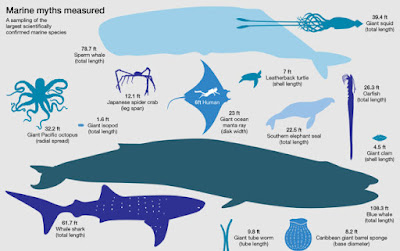

"If you can't treat someone with dignity & respect then get out"P.S. As of 8 November 2017, BBC reports that it was a hoax -- Black US Air Force cadet 'wrote race slurs' on dorm doors. I wonder if they'll kick him or her out ASAP?
 I'm excited to be co-teaching a handful of class offerings at MIT this Fall 2017! Please spread the word to those who you think might find any or all of these compelling! All motivated students are urged to attend the First Class session. Details below and at the class sites...
I'm excited to be co-teaching a handful of class offerings at MIT this Fall 2017! Please spread the word to those who you think might find any or all of these compelling! All motivated students are urged to attend the First Class session. Details below and at the class sites... And the very first trans-Atlantic cable...
And the very first trans-Atlantic cable... "Bretz’s research was thorough [when he first presented it in 1927], and his map of the channeled scablands was so accurate that it’s a virtual tracing of modern-day satellite images, creating the immediate impression of channeled floodwaters. But his audience [at a DC geologists conclave] -- none of whom had visited, much less studied, the scablands -- was having none of it. Bretz’s hypothesis was not just “wholly inadequate,” in the words of one critic, but “preposterous” and “incompetent."

"For some of Bretz’s most stubborn critics, even eyewitness experience wasn’t enough. Bretz’s arch-adversary, Richard Foster Flint, a Yale geologist who remained a premier authority in the field until the 1970s, spent years studying the scablands and resisted Bretz’s theory until he was virtually the only one left who did. He finally acknowledged the scablands flooding (grudgingly, with a single sentence in a textbook in 1971), but as philosopher Thomas Kuhn observed, new scientific truths often win the day not so much because opponents change their minds, but because they die off."Finally, here's a computer simulation of how it might have happened...
"In 1989, [artist Pat] Rawlings was working on illustrations for a collection of children’s science books by the science-fiction writer Isaac Asimov. Using acrylics, he painted a view of a solar eclipse as seen from the moon, and named it after the date when the next eclipse would cross over the continental United States: August 21, 2017. This week, Rawlings tweeted a photo of the painting, which is at the top of this story. “I actually thought 28 years in the future tourists might watch the eclipse from the Moon,” he wrote. “Sigh.”
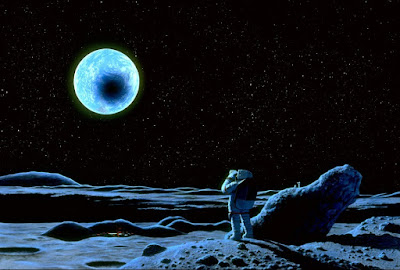 P.S. Here's the real thing from Mon 8/21/2017...
P.S. Here's the real thing from Mon 8/21/2017... "Scientists at UW–Madison’s Space Science and Engineering Center (SSEC) observed the eclipse through the eye of one of the world’s most advanced weather satellites, GOES-16. The eclipse images from the satellite were taken at a rate of one every five minutes. Stitched together, the images show the shadow of the moon tracking west to east across the continental United States."Plus here's a previous eclipse seen in March 2016 over ASEAN + Pacific region via the Himawari-8 Spacecraft in Geostationary orbit!
"The Hawthorn Tower will, like its Milanese predecessor, be blanketed in greenery -- and it’s expected to absorb over 5.4 tons of carbon dioxide. The equivalent of one hectare of woods will be installed on the tower to create a real urban ecosystem with over 30 different vegetal species."

"By getting “religion out of politics”, Europe made space at the political “bargaining table” for economic interests, creating a virtuous cycle of “pro-growth” policy-making. Islamic rulers, by contrast, continued to rely on religious legitimation and economic interests were mostly excluded from politics, leading to governance that focused on the narrow interests of sultans, and the conservative religious and military elites who backed them."
"A new modular medium speed engine power barge design [...] This radiator-cooled modular power barge design permits the same hull to be utilized with a range of power outputs from 80 MW to 180 MW. [...] The new design is presently being modified for dual fuel and natural gas operations to suit combined operations with LNG […] and combined cycle systems for specific market opportunities."Power barges are the fastest way to ramp up electricity (and cogen + water desal) infrastructure in coastal or navigable river areas. By floating in and being modular, they can be incrementally added to (with more barges) or floated out and moved to new or better location (and/or refurbished). See also my previous posts on this topic!

"What’s needed is a way of mapping urban areas from space at high resolution and in a way that is unaffected by cloud cover and without the ambiguities that traditional imaging introduces. [Now revealed is] a global map of urbanization that meets all these requirements. The result is a data set of the entire planet at a resolution of 12 meters that maps the global urban footprint with unprecedented accuracy and resolution. [...] Esch and co have created a global database of built-up areas based on synthetic aperture radar images from an Earth-orbiting mission called TanDEM-X. This consists of a pair of spacecraft that have been orbiting Earth in close formation -- just a few hundred meters apart -- since 2007. These spacecraft take radar images of the ground from slightly different angles, allowing researchers to create a 3-D map of the planet. In total, Esch and co have processed 470,000 pairs of images to create their map of the entire planet."

 24Oranges spotted this self retrospective video by Oxenaar...
24Oranges spotted this self retrospective video by Oxenaar...
"There are three takeaways from this data. The first conclusion [...] is that the world is getting richer. Hundreds of millions of people have been lifted out of extreme poverty. That’s wonderful news. The second conclusion, as seen by the red section of the chart, is that a modest bit of reform in India and China has paid big dividends (and, given the success of Indian-Americans and Chinese-Americans, I imagine those nations could become much richer with additional market-friendly reform). But I want to focus today on a third conclusion, which is that pro-growth policies are the best way to help the poor, not redistribution driven by a fixation on inequality."
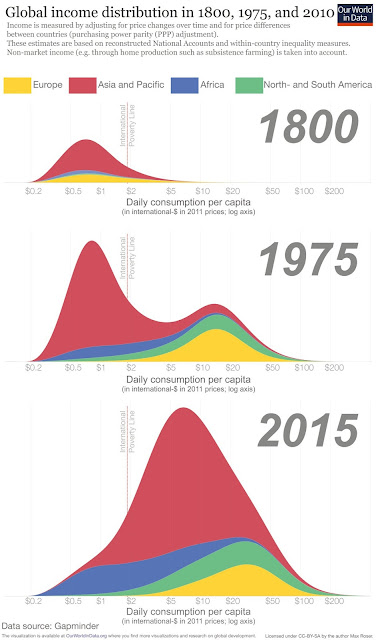
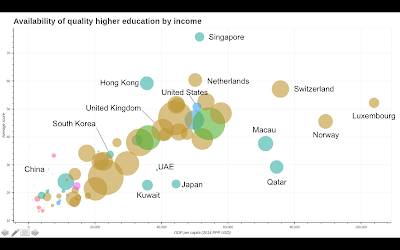 Thanks to a WEForum post for spotting infographics created for Times Higher Education by Ben Hennig, an associate professor at the University of Iceland, which spotlight the relationship between wealth and world-class universities...
Thanks to a WEForum post for spotting infographics created for Times Higher Education by Ben Hennig, an associate professor at the University of Iceland, which spotlight the relationship between wealth and world-class universities... "What are the essential ingredients needed to make a world-class university? [...] The answer always involves a discussion of the importance of institutional autonomy and academic freedom, and a recognition of the crucial fact that without great people, there can be no great university. But one element is undeniably more important than any other: cold, hard cash. [...] You can’t create the appropriate research facilities, or provide the appropriate teaching environment, without money -- but most importantly, you can’t attract and retain the required talent in a highly competitive global recruitment market without the resources to pay attractive salaries."
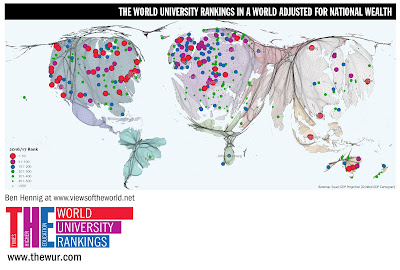

"When you take a look at the history of the Middlesex Canal, built from 1794 to 1802, you’ll find a surprising similarity between the issues facing technology investors today, with those over 200 years ago. [...] The technology of moving goods at great scale and at low cost started with the Middlesex Canal. Then the railroads took over. Now containerization [...] Like all technology change, those in control of the current technology fight hard to hold on [...] But the march of technology is relentless when new approaches cut costs and increase speed."
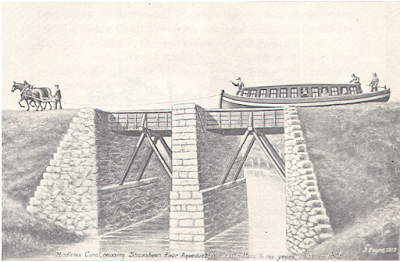 Be especially sure as you read Bill's story to check out his MapJunction tool to visualize the historic pathway overlaid over contemporary photo-map!
Be especially sure as you read Bill's story to check out his MapJunction tool to visualize the historic pathway overlaid over contemporary photo-map!
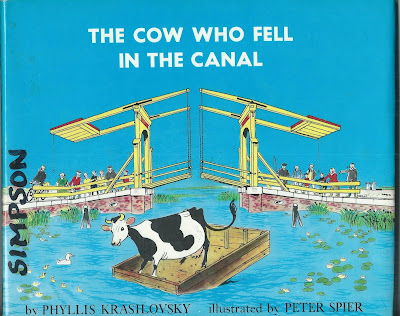 Richard Sandomir in the NYTimes shares the sad news that inspirational illustrator Peter Spier has passed away at 89 from congestive heart failure. My very earliest favorite book -- i.e. when I was a toddler and my parents read to me -- was about Hendrika the Cow Who Fell in the Canal but as a teen I really spent endless hours on Of Dikes and Windmills. Amazing stuff about Dutch history, epic civil engineering, and the power of nature!
Richard Sandomir in the NYTimes shares the sad news that inspirational illustrator Peter Spier has passed away at 89 from congestive heart failure. My very earliest favorite book -- i.e. when I was a toddler and my parents read to me -- was about Hendrika the Cow Who Fell in the Canal but as a teen I really spent endless hours on Of Dikes and Windmills. Amazing stuff about Dutch history, epic civil engineering, and the power of nature! “Wishing all of you the best of good buys”
"The full circle, known as a Voronoi Diagram, represents the entirety of the $74 trillion global economy in nominal terms. Meanwhile, each country’s segment is sized accordingly to their percentage of global GDP output. Continents are also grouped together and sorted by color."
 P.S. The actual graphing was done by HowMuch.net
P.S. The actual graphing was done by HowMuch.net
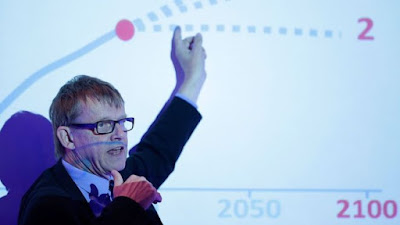 Pancreatic cancer has laid low Hans Rosling, the Gapminder co-founder and my favorite public health statistician and data edutainer extraordinaire. He has many remarkable TED talks and other videos online, but I personally favor his appearance at TEDIndia speaking on Asia's Rise where he compares global growth over 200 years and predicts exactly when India and China converge with the rich!
Pancreatic cancer has laid low Hans Rosling, the Gapminder co-founder and my favorite public health statistician and data edutainer extraordinaire. He has many remarkable TED talks and other videos online, but I personally favor his appearance at TEDIndia speaking on Asia's Rise where he compares global growth over 200 years and predicts exactly when India and China converge with the rich!
 On Tuesday night, 24 January 2017, Joe Hadzima and I kick off the latest incarnation -- the 28th year (!!) -- of our MIT Nuts & Bolts of New Ventures course over the MIT Independent Activities Period (IAP 2017). Joe starts with the essence of business planning as a process of iterative imagination and special guest speaker Bob Jones shares how to present venture essentials. My primary topic is Team & Organizational issues, our special guest speakers (mostly MIT alums, all entrepreneurs) cover the essentials everyone ought to know about new venturing, including how to identify customers, pitch a concept, raise money, model financials, deal with legalities, negotiate with people, and holistically integrate this all together.
On Tuesday night, 24 January 2017, Joe Hadzima and I kick off the latest incarnation -- the 28th year (!!) -- of our MIT Nuts & Bolts of New Ventures course over the MIT Independent Activities Period (IAP 2017). Joe starts with the essence of business planning as a process of iterative imagination and special guest speaker Bob Jones shares how to present venture essentials. My primary topic is Team & Organizational issues, our special guest speakers (mostly MIT alums, all entrepreneurs) cover the essentials everyone ought to know about new venturing, including how to identify customers, pitch a concept, raise money, model financials, deal with legalities, negotiate with people, and holistically integrate this all together.
"A new animation from the Cornell Lab of Ornithology tracks 118 species along their journeys across the Americas."

